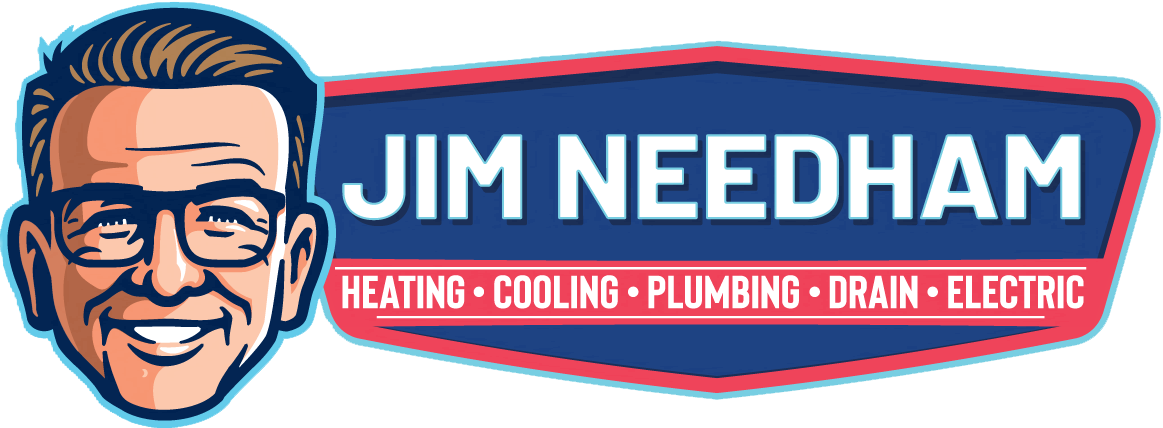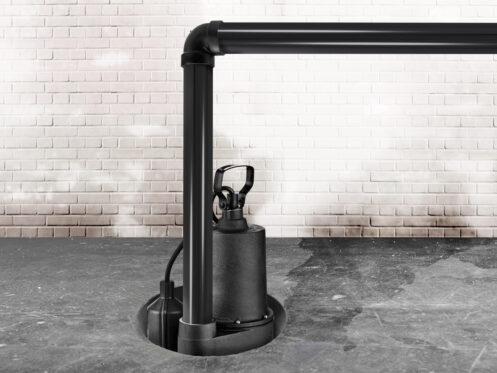In the Denver area, sump pumps tend to run quite a bit during winter due to all of the snowmelt we usually get. This can sometimes lead to your sump pump wearing out, especially if it is more than seven years old. That’s why it’s a good idea to test your pump to make sure it still runs and pumps effectively before the spring rains arrive and to perform several basic maintenance tasks. Maintaining a sump pump is something you can usually do yourself quite easily. However, you may instead want to have a plumber test and inspect the unit just to make certain it doesn’t need any repairs or to be replaced. Either way, here are the most important maintenance tasks that will ensure your sump pump works this spring.
1. Remove Any Debris From the Sump Pump Basin
Although most sump basins have a lid, debris still tends to get inside. Keeping the pump clear of rocks, gravel and other debris will help to prevent the impeller from getting damaged. Debris can also easily get sucked against the inlet screen and clog it up so that the pump can suck up little to no water. Sump pumps must have water constantly flowing through them when running since the water is what keeps the motor cool. That means there is an extremely high chance that the motor will quickly overheat and burn out if the inlet screen gets clogged.
All of these potential issues are why you should make sure to remove any debris before testing your pump. You’ll need to remove the pump from the basin before you can clean it out. You will also want to make sure that you unplug the pump first just to be safe.
2. Clean the Inlet Screen
The bottom of a sump basin is typically filled with dirt and mud, which often ends up starting to clog the inlet screen over time. The inlet screen is located on the underside of a submersible pump. On a pedestal pump, the screen is on the bottom of the steel shaft that extends down into the basin. To clean the screen, you’ll need to remove the pump from the basin and then gently scrub the screen using any type of soft-bristled brush such as a toothbrush. If the screen is quite dirty and doesn’t easily come clean, you may need to use warm, soapy water.
3. Inspect the Pump for Rust
Pedestal sump pumps should generally never rust since they sit on top of the basin, but submersible pumps can easily rust since they are exposed to water so often. This is why it’s a good idea to remove the pump from the basin and check it for rust if you have a submersible unit. If the pump is a reddish color, it is either from rust and corrosion or a special type of bacteria commonly referred to as “iron bacteria.”
Both rust and bacteria tend to collect inside the outlet pipes a sump pump is connected to. This can eventually lead to the pipes clogging and the pump no longer working. Rust is also a fairly sure sign that your pipe is getting quite old. These issues are why we recommend replacing the pump if it looks rusty.
4. Check the Basin for Cracks and Damage
It’s also important that you perform a quick visual inspection of the sump basin to make sure it isn’t cracked or damaged. Any cracks can allow groundwater to seep into the basin when it normally wouldn’t. This can then cause the sump pump to run more than it otherwise would. That means that the pump will experience more wear and tear, which can greatly shorten its lifespan or cause the motor to burn out.
A plumber will usually be able to fix minor cracks quite easily, but they’ll first need to make sure that the basin is completely dry. If there is a larger crack or substantial damage to the basin, it’s best to just have it replaced.
5. Test to Make Sure the Sump Pump Is Working Effectively
The last step is to put the sump pump back in the basin and then plug it in and test it. All it takes to test a sump pump is to pour a bucket or two of water in the basin or fill it up with a hose. How much water you need to add before the pump turns on depends on the type of float or switch it has. In most cases, you won’t need to put more than 5 gallons of water in the basin to trigger the switch and the pump to start. However, it can be helpful to add around 10 gallons of water just so you can monitor the pump and make sure that it is pumping the water out fairly quickly.
If the pump doesn’t turn on, you first want to make sure that it is still plugged in. You should then check to make sure that the circuit breaker it is on isn’t tripped. If the breaker isn’t tripped, it usually indicates that the pump is worn out and you need to replace it. However, there is also a chance that the outlet isn’t working.
When the pump is running, you want to listen and make sure that it isn’t making excessive noise or unusual sounds. If the pump is louder than normal or makes unusual sounds, it usually means that either the motor is wearing out. If so, the pump needs to be replaced or that it has some issue that needs to be repaired.
You should also check to see if the pump is vibrating excessively. Excessive vibration is usually a sign that the impeller inside the pump is damaged or one of its blades is bent. This may be because a rock or other hard piece of debris got sucked into the unit. The impeller is similar to a propeller on a boat and is what draws water in and allows the pump to work.
To work properly, the impeller has to be balanced on the shaft that it spins on. If it’s damaged or bent, it will wobble on the shaft instead of spinning smoothly. This wobbling and vibration puts a lot of added strain on the shaft and will almost always lead to issues arising in the near future. It’s almost impossible to repair the impeller, so it’s a good idea to just replace the pump if it does vibrate excessively.
Call the Professionals
Jim Needham Heating Cooling Plumbing and Drain is ready to help if you need to get your sump pump repaired or professionally maintained this spring. We also offer sump pump installation. We can also take care of any sump pump repairs or replace your pump if needed. We’ve been serving residents of the Denver Metro area for more than 100 years and are the area’s most trusted plumbing, drain, heating and air conditioning service. We install, repair and maintain all plumbing fixtures and appliances, including sump pumps, water heaters, boilers and water softeners. Our certified HVAC technicians can also help if you need any HVAC repair, maintenance or installation services. Contact us today to schedule a sump pump maintenance appointment or any other plumbing or HVAC service.


